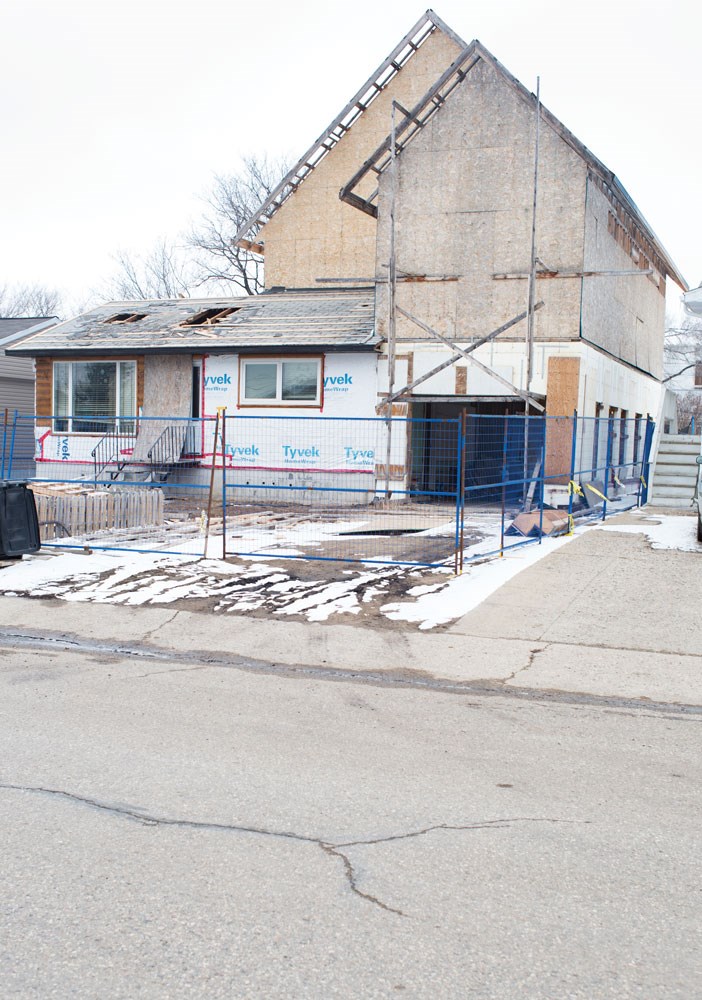The Estevan Fire Rescue Service was able to do some very realistic training at an Estevan house, in the 1300-block of Eighth Street on the nights of April 2 and 3.
“We had use of the building that is scheduled to be demolished, and we very rarely get an opportunity to conduct ourselves in a realistic training environment,” said Fire Chief Dale Feser.
Feser was happy to get himself and the firefighters out doing some great training to hone the skills they have when dealing with a real house fire.
“Everyone who was training is always eager to keep that stuff and is always willing to learn, and anytime we give them more of an advanced skill set in practical application they are grateful for it,” said Feser.
He said the importance of real life training and the benefit of getting away from theoretical training.
“A lot of times we are doing very theoretical based training and a lot of PowerPoint presentations, but then you get out there and get the practical application and some positive reinforcement and understand the importance of more realistic training,” said Feser.
“It is important during training that our firefighters know the severity of the work environments that we are exposing ourselves to. We always have to make sure that we are bringing our A-Game and we can adept to any changes we may see inside a burning structure,” he added.
Feser noted that firefighters might return to the home for future training.
“We were conducting search and rescues drills, meaning firefighters had to advance a charged hoseline as they would with a real working structure fire, and what we end using was a smoke bomb to completely fill the home with smoke and recreate low visibility conditions,” said Feser.
“Teams had to either make a left hand or right handed search pattern of the home and clear the home, and once they found the pail that the smoke bomb was in, they actually had to spray a bit of water to actually extinguish it,” he added.
Two types of fire location and suppression methods were practiced at the building.
“We did both above grade and below grade versions of this, so below grade meaning going into the basement and above grade means on the main floor and upper levels of the home,” said Feser.
“Conducting below grade is one of the more precarious positions to be in, because the firefighter has to descend down into a smoke-filled environment with extreme heat. More than often, the stairwell ends up becoming a chimney, so all that heat is channelling up through there and someone has to go down it a located the problem or source of fire.”
The more common types of smoke ventilation were practised, and Feser was happy to have the opportunity to practise what he called hydraulic ventilation.
“We went through the basics of horizontal and vertical ventilation, both positive and negative pressure, mechanical ventilation as well as natural ventilation, and we even focused on some hydraulic ventilation as well, using hose streams to eject smoke from a burning structure,” said Feser.




